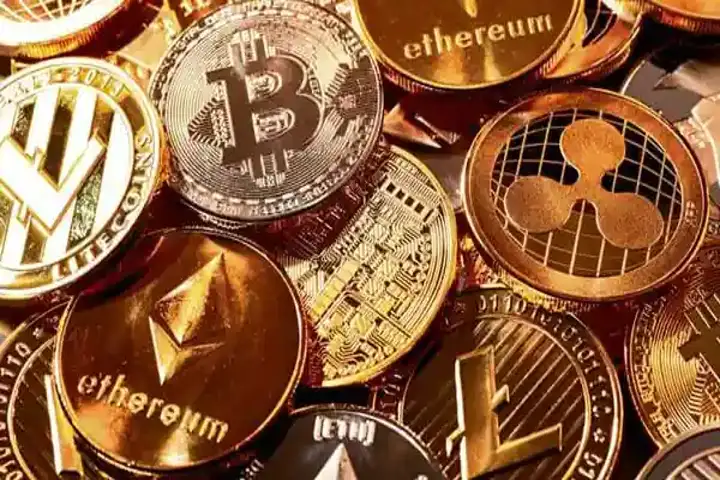Russia is gearing up to launch a pilot drive to test its digital ruble—a central bank digital currency, later this month. Sanction-hit Moscow, which is hoping to scale up the use of digital currency by 2025, has said that it is ready to collaborate with countries, a move that will potentially ease cross border payments.
Last year in January– before the start of the Russia-Ukraine war, World Economic Forum said that while a host of issues need to be resolved before digital currencies can be more widely accepted globally, the growth in this new mode of money could even help address the $1.7 trillion global trade financing gap. The thrust on e-money would not only make payments faster and more seamless, importantly, no intermediary such as banks would be needed for transactions to complete.
At present only a few handful countries have digital currencies or crypto currencies. But a total of 130 countries representing 98 per cent of the global economy are now exploring digital versions of their currencies, with almost half in advanced development, pilot or launch stages, Reuters reported. This will further push the de-dollarisation exercise across the globe. The Reserve Bank of India has already launched a pilot project to test the e-Rupee.
A note by the International Monetary Fund said that though crypto currencies have been “more of a disappointment than a revolution for many users,” the rapid advancement in technology would make transactions through e-money could become easier and safer.
The Observer Foundation Research in a recent report noted that the move by Russia is of critical significance, “especially in the face of escalating sanctions following the Ukrainian invasion. Previously, Russia explored using digital currencies for international transactions, but European limitations hindered that approach.”
After the US slapped sanctions on Russia last year, several countries including India have pressed the pedal to activate non US dollar payment mechanisms – primarily using other currencies such as the Indian rupee, Chinese yuan, UAE’s dirham among others.
“Many countries are developing their own national digital currencies. We initially built the possibility of cross-border international engagement into the digital ruble platform. Two options are feasible here: interaction between our platform and another country’s digital currency platform, and establishing a common settlement center to which digital currency platforms can connect,” Bank of Russia’s Governor Elvira Nabiullina said last month.
According to Bitcoin.com, transfers of digital rubles will be free of charge for private individuals while businesses will pay a commission of 0.3 per cent.
The WEF also said that the international trade community needs to be prepared and capture the opportunities of this new age by closing the digital divide. Investments are needed to provide the right infrastructure for the future, to ensure accessible and affordable connectivity for all.
Interestingly, the US is yet to take any concrete step related to the launch of a digital dollar.
Also read: Budget 2022: RBI to launch digital currency




















